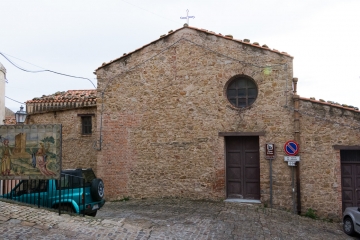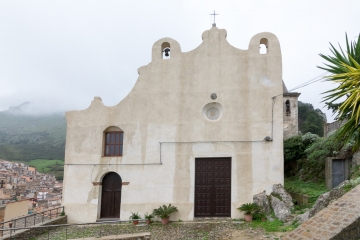Chiesa Matrice - Sclafani Bagni
Chiesa Matrice - Sclafani Bagni
The Church of Santa Maria Assunta is the main Church of Sclafani Bagni. At the beginning the Church, placed next to the castle area, was built as a palatine Church for the Lords of Sclafani and its size was much smaller than the present one. The urban requalification and enlarging works made during the 14th Century have maybe interested the Church too (the ogival door that still exists is from this period). Today the Church has three aisles, separated by arches, a wide and deep presbitery and a second entrance door, while the side altars, known to the documentation, have been demolished or extensively modified. The massive bell tower girds the main façade as a fortified tower.
Here is kept a Roman sarcophagus with dionysiac scenes, coming from the castle and used to bury the Counts of Sclafani.
At the beginning of the 17th Century the Church was strongly modified, according to a general remodelation of the main churches of several towns of the diocese of Cefalù: a document of December 4th 1611 informs us about a commission of renovation of the aisle made by Giovanni Antonio De Maria, from Polizzi.
Historical documents provide us with additional information about the church: in 1574 a new baptismal font was already made by Francesco Seminara from Troina (he also designed the portal of Plateresque style La Farina palace, today Gagliardo, in Polizzi) and in 1608 a clock was installed in the bell tower. Several bells were created by master smelters from the region (in particular from the villages of Tortorici and Castelbuono) between 1628 and 1667. A small organ was purchased for the church in 1604 and a new one was built in 1615 by Antonino La Valle and it was later gilded and decorated with paintings on the doors, now lost.
The main chapel of the church was decorated at the behest of Don Sebastiano La Chiana: in 1623 a carved and gilded wood altar was erected and in 1630 a decorative cycle of paintings and frescoes was entrusted to the painter Matthew Sammarco (author also of the canvas with "The Mass of St. Gregory" in the church of Santa Maria Maggiore of Isnello and active in the Madonie until 1654); currently only the painting of the "Last Supper" remains.
However, between 1630 and 1633 there were two other paintings made ("La presa di Jesu Cristo nostro Signore dalli Giudei con tutti li personaggi" and the "Resurrection of Our Lord") and several frescoes were made too (four panels with Evangelists or "Dottori della Chiesa", even the "Mysteries of the Passion" and finally "Mary Magdalene", "St.Veronica with the Holy Shroud" and "Adam and Eve", to be painted over).
In the church there are also several other paintings.
Four panels from the church "Chiesa di San Giacomo" representing "Saint James", "Saint John", "Saint Gregory" and "Saint Stephen", painted by an unknown artist in the sixteenth century. The Saints are portrayed in a statuesque attitude from a very close perspective: St. Stephen, just moved, and St. Gregory from a frontal view and the other two in a three-quarter view. It is probably the remnant of a lost altarpiece or doors of an organ. The softness of the drapery of the saints' garments and the decorative preciousness of their decorative clothes show the mastery of a painter of some importance.
Canvas currently in the presbytery comes from the church of San Giacomo and depicts "St. Mary of Sorrow" or "The death of the righteous", which is attributed to Giuseppe Salerno (died before 1634), but according to the historical archive it was actually executed in 1648. The painting depicts the dying righteous who is assisted in the transition by the guardian angel, St. James and Our Lady of Suffering, which crushes under her feet the devil, which has the form of a hideous beast. At the top of the picture there is the dove, symbol of the Holy Spirit, the Eternal Father and an angelic choir. To note also on the table the white tunic with the red emblem that could indicate the membership of the dying in the brotherhood of St. James, which the Child provides with the rescue chain.
Painting of "The Annunciation", perhaps attributed to the painter Andrea Carreca from Trapani, who worked also in Palermo until the late 1660s, maybe comes from the destroyed Church "chiesa dell?Annunziata".
The "Presentation in the Temple", made by an unknown artist of the late seventeenth or early eighteenth century, in the chapel of the Sacred Heart.
"Our Lady of Grace", executed in 1623 by an unknown author, of which there only remains the painting without the original gilt frame.
In the church there is finally a wooden statue of St. Rocco made in 1604 by Cosimo La Russa, a little-known woodcarver, who worked in other neighboring towns; he is also the author of a gate in the church of St. Philip. The statue comes from the destroyed church of San Rocco.









